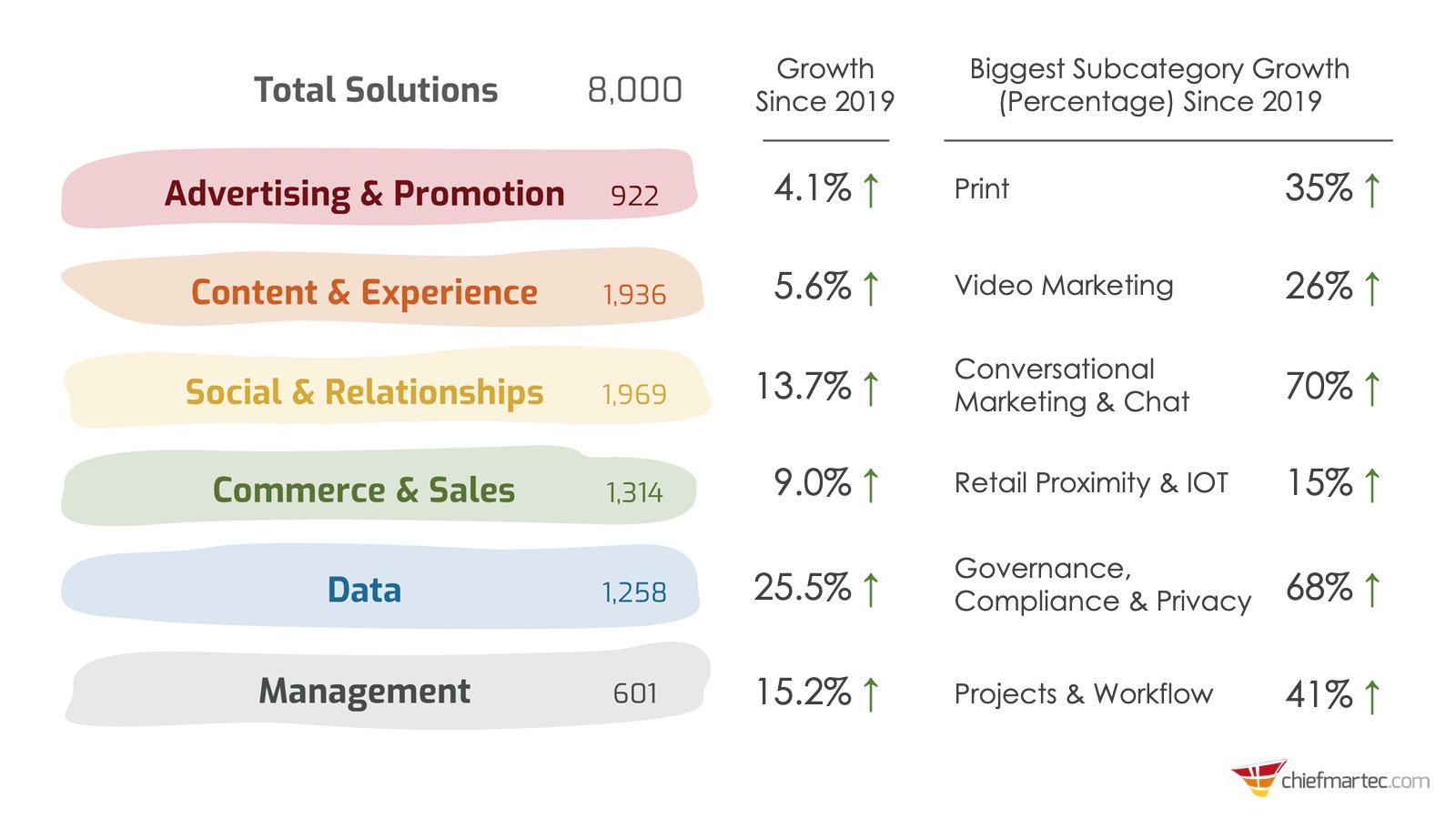It’s not entirely fair or accurate to say that all marketing today is digital marketing, although it has undoubtedly become a dominant force.
In the ever-evolving landscape of marketing, the rise of digital strategies has transformed the way businesses connect with their audience. Yet, despite the undeniable surge in digital marketing’s popularity, traditional marketing methods continue to hold significant value in a comprehensive marketing plan.

The Enduring Value of Traditional Marketing
Traditional marketing, encompassing print ads, television and radio commercials, billboards, and direct mail, has a longstanding history of effectiveness. One of the most iconic examples is McDonald’s using traditional marketing channels via TV, billboards, and in-store promotions, including tray mats and Happy Meals, to generate footfalls in its massive network of restaurants. This traditional marketing strategy not only boosted sales but also created a personal connection with consumers. This does not mean the world’s No.1 fast-food franchise is not digitalising its marketing, we will talk about that separately.
Another example is the memorable ZooZoo characters created by Vodafone for their TV commercials in India. These ads were not only successful in capturing attention but also became a cultural phenomenon, demonstrating the power of creativity in traditional marketing channels.
Digital Marketing’s Exponential Growth
Digital marketing has seen explosive growth with the advent of the Internet, social media, and mobile devices. It offers precise targeting, real-time analytics, and often lower costs. A notable case study is the American Kennel Club’s content strategy, which increased online traffic by 30%, attracting both new and seasoned dog lovers and resulting in significant content value.
Another success story is Orange France’s campaign utilized AI deepfake technology to superimpose men’s faces onto the bodies of the French women’s soccer team, challenging unconscious bias and sexism in sports. This campaign not only went viral but also highlighted the potential of digital marketing to address social issues and engage with audiences on a deeper level.
Combining Strengths for Maximum Impact
The key to a successful marketing strategy is balancing digital and traditional methods. For instance, Google, a tech giant, still utilizes traditional marketing through billboards and print media to reinforce its brand presence. This blend of approaches allows businesses to leverage the broad reach of traditional media and the targeted precision of digital channels.
Synergising traditional and digital marketing
The debate between digital and traditional marketing is not about choosing one over the other but understanding how each can complement the other to create a robust marketing strategy. By integrating the strengths of both, businesses can craft campaigns that are not only innovative and engaging but also reach a diverse audience across multiple touchpoints.
While digital marketing continues to grow and innovate, traditional marketing remains a vital component of the marketing mix. The future of marketing will likely see an even greater integration of these strategies, working in tandem to achieve the ultimate goal of connecting with consumers in meaningful ways. The evolution of marketing is not a story of replacement but one of adaptation and synergy.
For more insights into effective marketing strategies and real-world examples, explore our resources on traditional and digital marketing approaches.






















